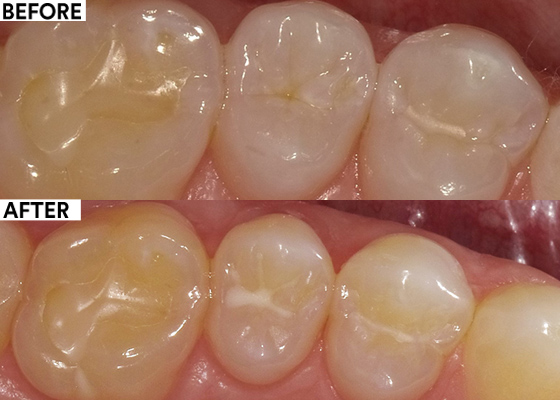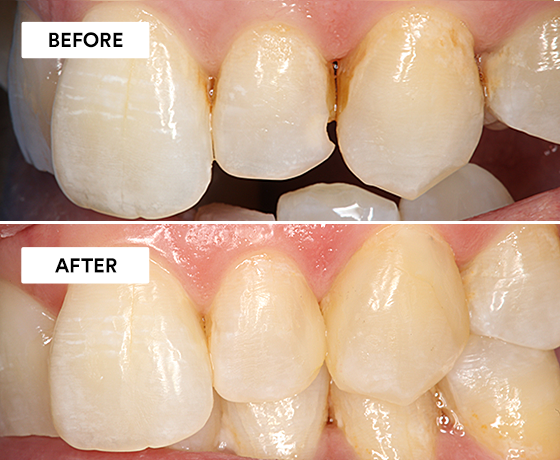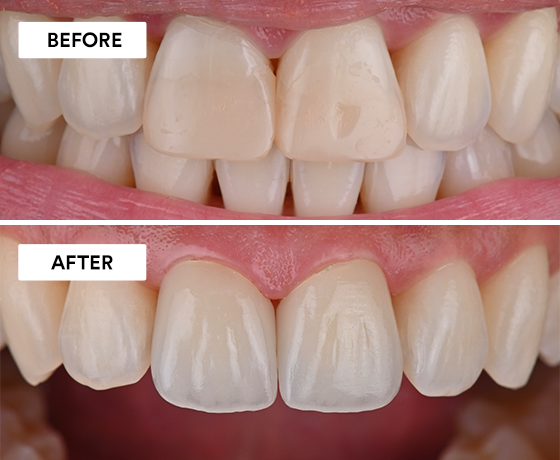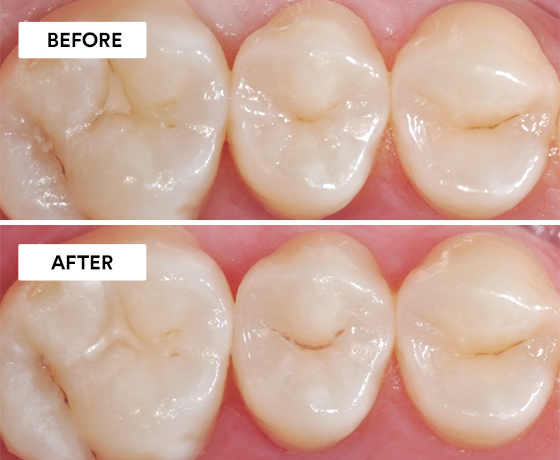Clinical Case: Is it possible to do more with less? Cracking the chameleon effect
Using 3M™ Filtek™ Easy Match Universal Restorative.


Using 3M™ Clinpro™ Sealant.
A 35 year old patient presented with an unsealed premolar (#4) with deep grooves elected to have a sealant placed to decrease caries risk.
Sealants are effective in preventing occlusal carious lesions in primary and permanent molars. The placement of sealants is also recommended to manage and arrest early, non-cavitated carious lesions. 3M’s patented color-change technology and easy to use etchant or self-etch adhesive options make 3M™ Clinpro™ Sealant an easy choice.

Thoroughly clean tooth to remove plaque and debris from enamel surfaces and fissures.

Apply 3M™ Scotchbond™ Universal Etchant to all enamel surfaces to be sealed. Etch for minimum of 15 sec.; maximum 60 sec.

Thoroughly rinse tooth to remove etchant.

Dry the etched surfaces.

Apply 3M™ Clinpro™ Sealant into pits and fissures.

Light cure the sealant according to manufacturer’s instructions. LED: 10 sec. Halogen: 20 sec.

Evaluate sealant.

Wipe the sealant with a cotton applicator to remove the thin film on the surface.

Final result.
Refer to Instructions for Use (IFU) for complete product information. Results may vary.

Using 3M™ Filtek™ Easy Match Universal Restorative.

Using 3M™ Imprint™ 4 Light VPS Material, 3M™ Intra-oral Syringe, 3M™ Imprint™ 4 Heavy VPS Material, 3M™ Protemp™ 4 Temporization…

Using 3M™ Scotchbond™ Universal Etchant, 3M™ Scotchbond™ Universal Adhesive, 3M™ Elipar™ DeepCure-S LED Curing Light, 3M™ Filtek™ One Bulk Fill…